Are you planning your first trip to Milan? Known as the global capital of fashion and design, this Italian metropolis, crowned by its stunning Duomo and home to some of Leonardo da Vinci’s most iconic works, offers experiences for art enthusiasts, foodies, and shopaholics alike. Likewise, the Milanese nightlife is another reason to visit this fascinating city.
In this post, we’ll explore what you need to know before your first time in Milan. Keep reading to get ready for the ultimate Milanese adventure!
Everything You Need to Know Before Your First Trip to Milan
1. A Brief History of Milan
Milan is in northern Italy and is the capital of the Lombardy region. It is the second most populous city in Italy after Rome. Milan’s history dates back to its founding by the Insubres, a Celtic people, around 600 BC. Afterward, the Romans captured it in 222 BC and named it Mediolanum.
During the Roman period, Milan flourished and became one of the wealthiest cities in the empire. By the fourth century, it served as the capital of the Western Roman Empire under Emperor Diocletian. However, with the collapse of Roman authority, Milan experienced various rulers, including Goths, Lombards, and Franks.
The city saw significant growth during the Renaissance under ducal leaders such as the Visconti and Sforza families. Milan became an art mecca during this time, particularly under Duke Ludovico Sforza, who commissioned da Vinci’s “The Last Supper.”
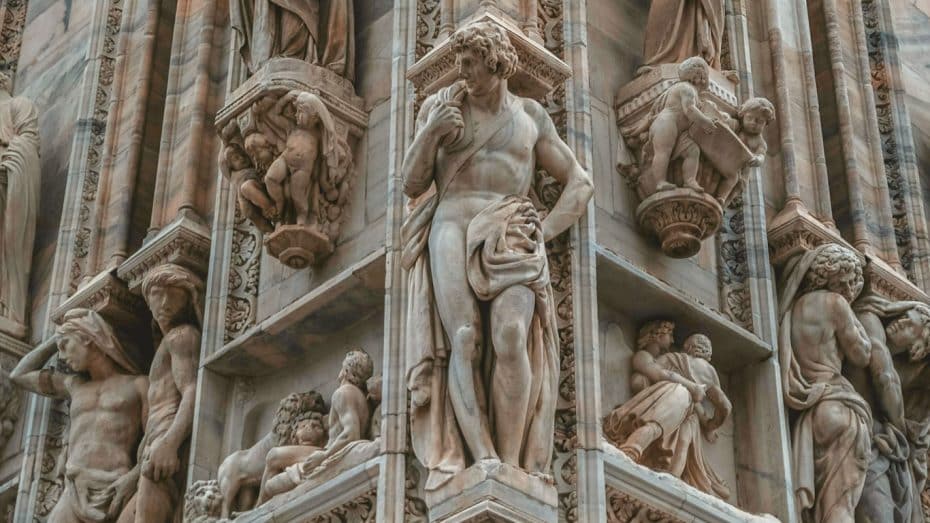
In the 19th century, Milan was central to Italy’s struggle for independence and part of several uprisings against Austrian rule. It played a crucial role in Italian unification (Risorgimento) and eventually joined the Kingdom of Italy in 1861.
During World War II, Milan suffered heavy damage from bombings. Luckily, it recovered in the post-war years, becoming an economic powerhouse of Italy. Today, it is known for fashion, finance, design, and its role as an economic engine in Italy. The city is also home to cultural institutions, universities, museums, and landmarks.
2. Best Time to Visit Milan
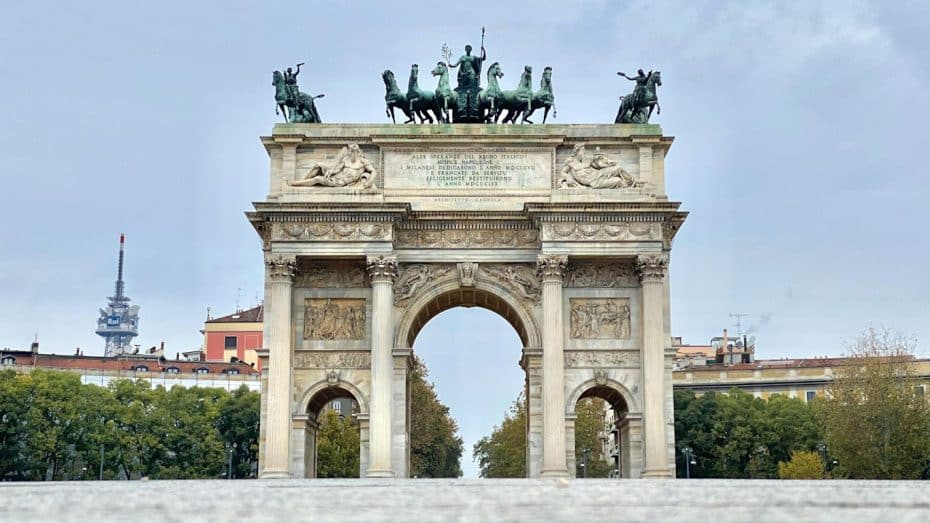
Spring, between April and June, is the best time to visit Milan to avoid excessive crowds. This season also offers moderate weather, with average temperatures ranging from 51ºF to 71 ºF (11°C to 22°C). Likewise, you can also get cheaper accommodation and flight prices in the spring since it is an off-peak season.
Autumn (September to October) has similar temperatures. Furthermore, rain is rare during these months, making them ideal for outdoor activities and sightseeing. Like Spring, Autumn sees airfares reduced by 10-20% compared to the high season (summer). However, please book your flights at least three months before your flight to secure optimal rates.
3. How to Get to Milan and Get Around the City
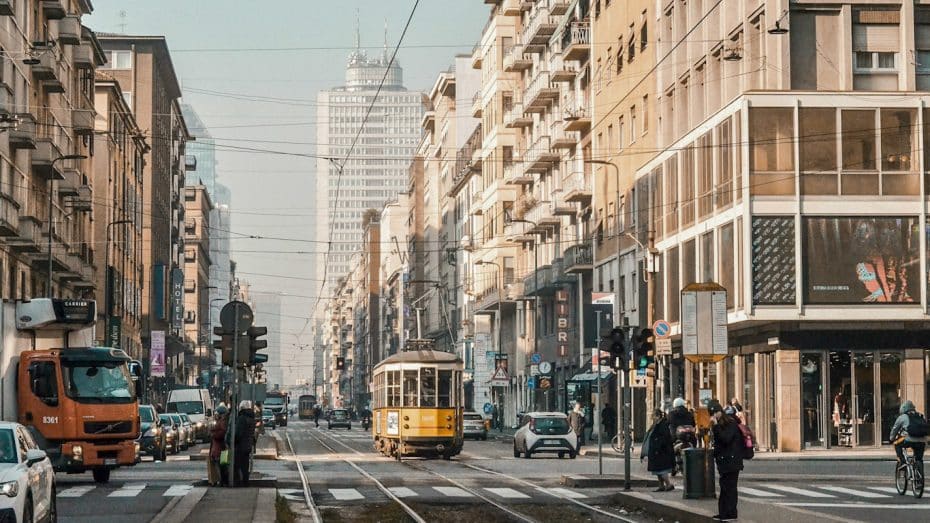
The main airport for Milan is Malpensa Airport, located about 30 miles (49 km) northwest of the city center. This airport connects with most European countries, other Italian cities, and North and South America. You can reach the city center from Malpensa Airport by taking the Malpensa Express train, which connects Terminal 1 to Milan Cadorna Station, in approximately 40 minutes.
You can also get to Milan by train. Milan Central Station is the city’s primary hub, with high-speed trains that connect with other major Italian destinations. Another significant train station is Milano Porta Garibaldi, which handles domestic and international routes.
The best option to travel between the city’s different areas is the Metropolitana di Milano, Milan’s metro system. The metro has four lines interlinking to cover most of Milan, connecting with the train stations and airport.
In addition to trains and the metro, trams offer another transport option within Milan. ATM (Azienda Trasporti Milanesi) operates trams in the city with an extensive network that includes historic and modern vehicles.
Buses also form part of Milan’s integrated public transport network, which ATM manages. Several bus routes cover areas that the metro or trams don’t serve. The metro, bus, and tram tickets are the same, meaning a single ticket can allow multiple rides within a specific time window.
4. Where to Stay in Milan
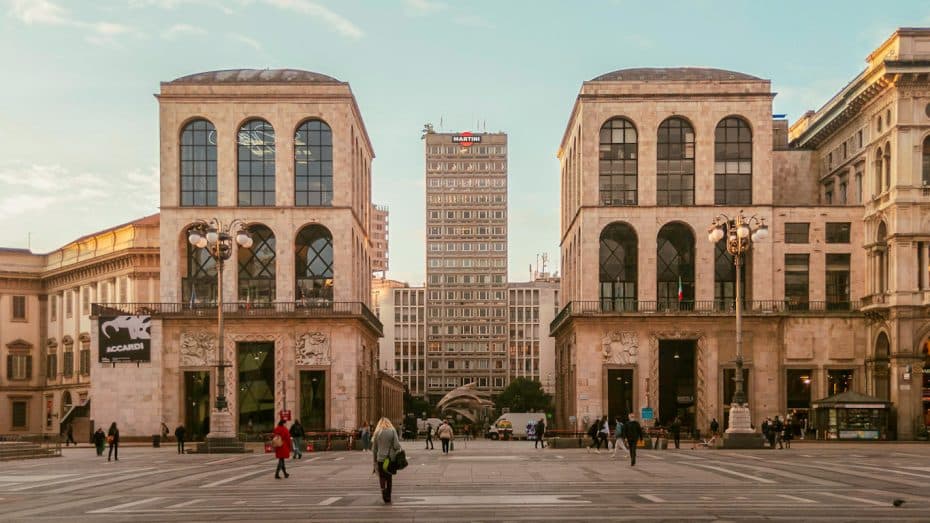
The Centro Storico is the best location for a first trip to Milan because it has excellent public transport connections. This part of Milan also hosts some of its most famous attractions, such as the Duomo so that you will be within walking distance of the main sights.
However, if you want to party for the first time in Milan, stay in Navigli. This picturesque area and its canals host bars and clubs for all audiences. So, it is the perfect place to do some bar hopping in a beautiful setting,
Lastly, to go shopping in one of the most famous fashion cities in the world, look no further than Quadrilatero della Moda. This area is the city’s fashion district and is home to exclusive boutiques by famous designers like Armani, Gucci, Versace, and Prada.
For more information, please read our guide with the best areas to stay in Milan.
5. Top Attractions in Milan for First-Timers
- Duomo di Milano
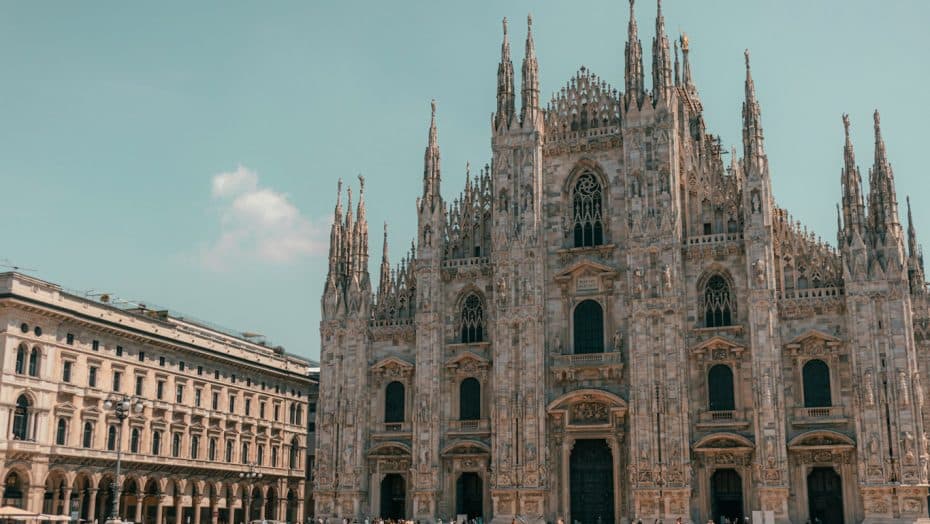
The Duomo di Milano, also known as the Milan Cathedral, is one of the largest cathedrals in the world. It took nearly six centuries to complete this temple, with construction beginning in 1386 and the final details completed in 1965. It is dedicated to St Mary of the Nativity (Santa Maria Nascente).
The cathedral stands out for its striking Gothic architecture, featuring a marble facade and numerous spires. The tallest spire, topped by a statue known as the Madonnina, is a Milanese icon. In total, over 3,400 statues adorn the church.
The cathedral is a must-see during a first trip to Milan, and it typically opens from 08:00 to 19:00. The entry ticket price is around €3-€4. In contrast, combined tickets allowing access to multiple parts of the cathedral can cost up to €23. To skip the lines, you can buy tickets for the Duomo di Milano online.
Located in Piazza del Duomo, in the heart of Milan, the cathedral is easy to reach via public transportation. The Duomo Metro Station is beside it, served by lines M1 (red) and M3 (yellow). Trams that stop nearby include numbers 24 and 15. The Cathedral is also within walking distance from other central attractions in Milan.
- The Last Supper by Leonardo da Vinci
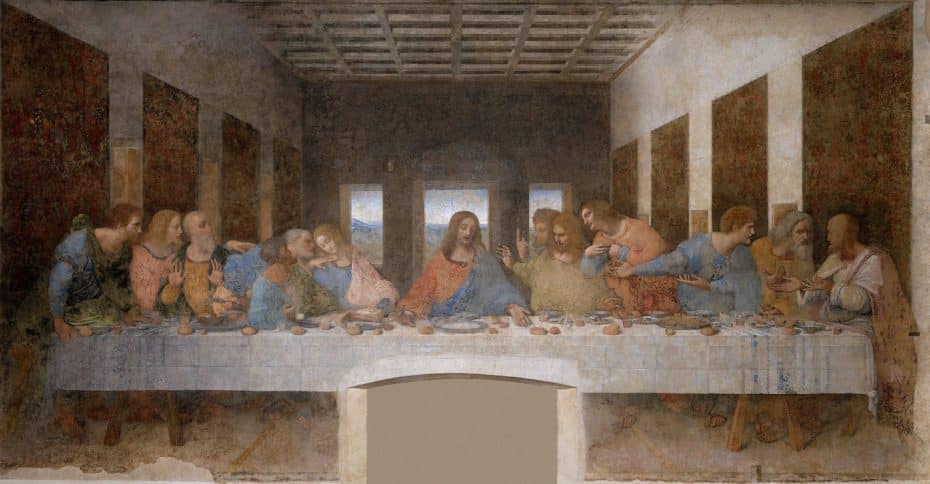
The Last Supper is a 15th-century mural by the Italian artist Leonardo da Vinci. It is an iconic piece housed in the refectory of the Convent of Santa Maria delle Grazie in Milan. The painting depicts the scene of Jesus with the Apostles as described in the Gospel of John, 13:21, where Jesus announces that one of them will betray him.
The mural’s dimensions are impressive, measuring approximately 460 cm by 880 cm (15 feet by 29 feet). Leonardo da Vinci’s method of using tempera on a stone wall instead of the traditional fresco technique has led to a history of deterioration. This status makes seeing the painting as it exists today even more meaningful. The Last Supper has undergone several restorations, the most recent being in 1999.
The convent is open to visitors from Tuesday to Sunday, usually from 8:15 a.m. to 7:00 p.m. There are several options for getting to the convent. The nearest subway station is Cadorna Triennale on lines M1 (red) and M2 (green). Alternatively, you can take trams 16 or 18 to the site or use the local buses.
Admission to The Last Supper is about 12 euros for adults, and you can get tickets online to avoid queues. However, you can book a guided tour to maximize your visit.
- Sforza Castle
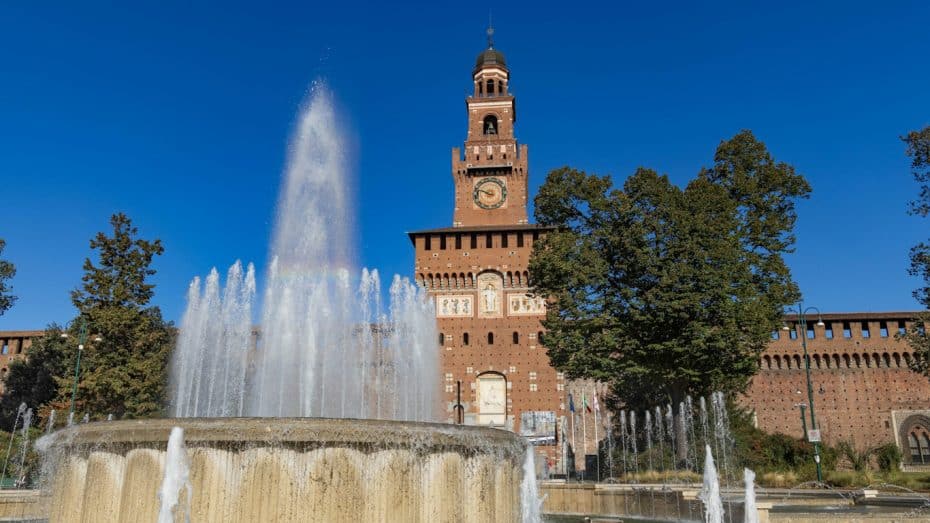
Sforza Castle, known in Italian as Castello Sforzesco, dates back to the 15th century. It has a long history, serving as a fortress, residence, and military barracks. Today, it houses several museums and art collections.
The museums inside the castle showcase many artworks and historical objects. These include paintings by artists such as Canaletto and Tintoretto, plus sculptures by Michelangelo like his last work, “Rondanini Pietà.” The museums also contain a vast collection of musical instruments, Egyptian art, prehistoric artifacts, and furniture from the Renaissance period.
Adult entry tickets to the museum cost 10 euros and you can get them online. The museum’s opening hours are typically Tuesday through Sunday, from 9:00 a.m. to 5:30 p.m. To reach Sforza Castle using public transportation, you can use metro lines 1 (red) and 2 (green), stopping at Cadorna FN station, a short walk from the castle grounds. Trams number 1 and 16 also have stops nearby.
6. Discovering Milanese Cuisine: Local Dishes to Try
Of course, a trip to Italy is only complete by eating lots of delicious food. On a first trip to Milan, you should consider tasting Risotto alla Milanese, a classic rice dish colored with saffron and often containing bone marrow. Another essential dish is Cotoletta alla Milanese, a breaded veal cutlet fried in butter.
An excellent restaurant serving traditional Milanese dishes is Trattoria Masuelli San Marco, located on Viale Umbria 80. Operating since 1921, this restaurant continues to serve classic local cuisine. It opens from 12:30 p.m. to 2:30 p.m. and then from 7:30 p.m. to 11:00 p.m.; it is closed on Mondays and August. You can reach the restaurant by taking tram line 16 from the city center.
For Cotoletta alla Milanese, Ristorante Il Coriandolo at Via Dell’Orso 1 is an excellent choice. The restaurant is open every day of the week from noon to 3:00 p.m. and from 7:00 p.m. until midnight. The nearest metro stop is Cairoli M1.
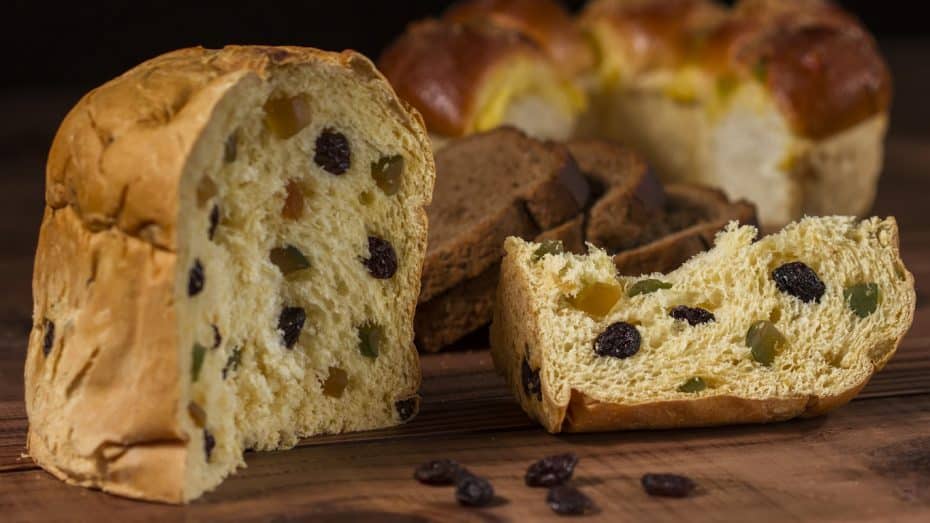
Panettone, a sweet bread loaf from Milan, especially popular during Christmas and New Year, is another must-try. For some of the best panettone in town, head to Pasticceria Marchesi, founded in 1824 and located on Via Santa Maria Alla Porta 11/a. This pastry shop is open from Monday to Friday between 7:30 am and 8:00 pm, and on Saturdays from 7:30 am until 6:00 pm, closed on Sundays. You can reach it by bus line no. 94 or NM1, stopping at Via Molino Delle Armi after a ten-minute ride from the central Duomo area.
7. The Fashion Capital: Where to Shop in Milan
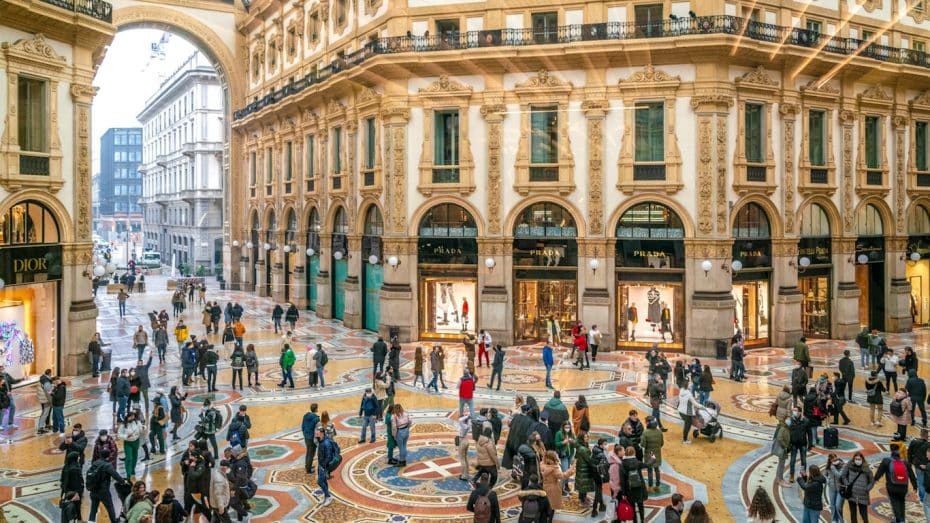
Milan is a city in Italy known for its fashion industry. Hence, many tourists often visit Milan to shop. Milan even has a fashion district: Quadrilatero della Moda.
The Galleria Vittorio Emanuele II, near the Piazza del Duomo, is one of the oldest shopping malls in the world. It is home to luxury retailers and old restaurants. Here, you can buy items from luxury fashion brands like Prada, Gucci or Louis Vuitton.
Another mandatory shopaholic stop is Via Montenapoleone, where you can visit many designer boutiques, including Gucci, Versace, and Armani. However, if you’re looking for budget-friendly options, head to Corso Vittorio Emanuele II, which has international brands like H&M and Zara and designer showrooms.
8. Best Areas for Nightlife in Milan
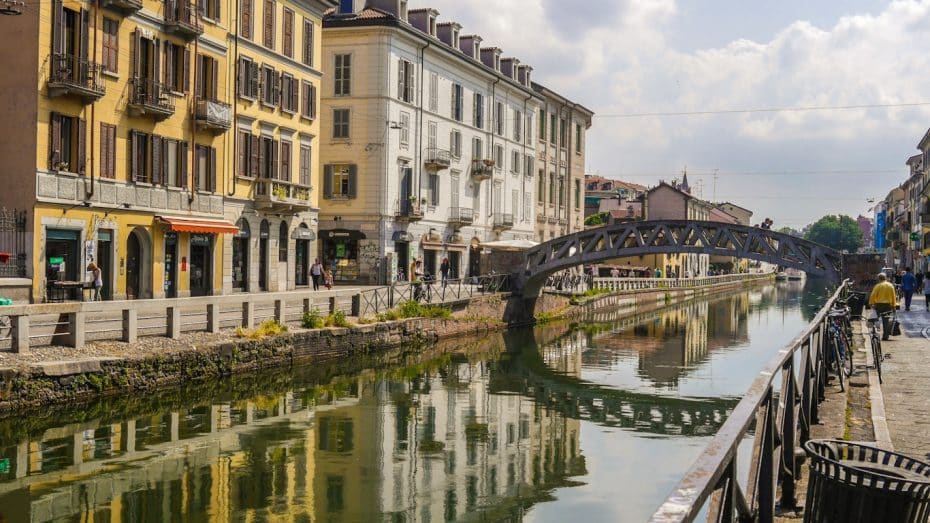
Navigli is known for its canals and the bars along them. One bar, Rita & Cocktails, located at Via Angelo Fumagalli, stands out for its creative drinks and cocktails. This spot opens from 6:30 PM to 2 AM. Public transportation to this venue includes the M2 metro line and tram number 3.
Another nightlife area in Milan is Brera. It is famous for its sophisticated atmosphere and exclusive venues, such as Nottingham Forest on Viale Piave.
Regarding LGBTQ+ nightlife, the Porta Venezia district is Milan’s gay area par excellence. You will find Mono Bar in this neighborhood, with themed nights and DJ sets playing electronic music and remixes of pop diva hits. To get to Porta Venezia, you can use the M1 metro line, which stops at Porta Venezia station.
9. Cultural Events and Festivals in Milan
As for events you could look forward to in Milan, Milan Design Week is, by far, a highlight. This event includes the Salone Internazionale del Mobile Furniture Fair. Milan Design Weed typically happens in April and transforms various districts within the city into design showcases. The primary location is the Fiera Milano Exhibition Center in Rho. You can get there by metro using the MM1 (red line) to Rho Fiera station.
The Milano Film Festival has emerged as an annual event every September since its inception in 1995. Located at various venues across the city, including parks and historic cinemas such as Anteo Palazzo del Cinema, you can attend international film screenings at the festival. To reach Anteo Palazzo del Cinema, you can take metro lines MM2 and MM3 to Lanza or Montenapoleone stations.
For music enthusiasts, MiTo SettembreMusica offers a series of classical music concerts in September in Milan and Turin. You can watch the performances across prestigious venues like Teatro alla Scala and Auditorium di Milano Fondazione Cariplo in Milan.
Lastly, Milan Fashion Week is the city’s most coveted event, typically in February and September. This event brings fashionistas from all over the world who attend runway shows by the most sought-after designers.
10. Best Day Trips from Milan
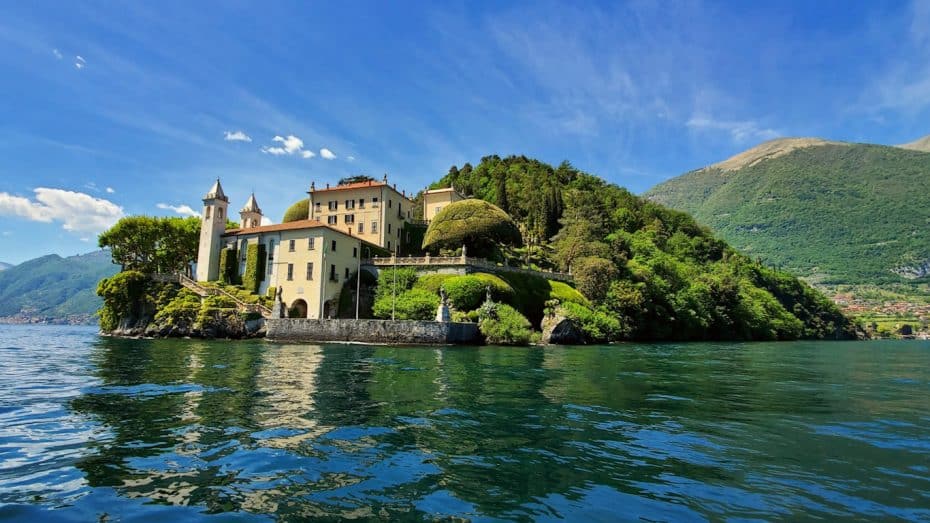
- Lake Como. This stunning Italian destination is approximately 31 miles (50km) north of Milan and easily accessible via train from Milano Centrale station. Lake Como is famous for its deep glacial origin and location against the Alps, providing it with breathtaking landscapes. The area dates back to the Roman era. On the lake’s southwestern tip, Como houses the Gothic Como Cathedral, established in 1396, and the Temple of Volta, dedicated to inventor Alessandro Volta, born in Como in 1745.
- Bergamo. Located 24 miles (40 km) northeast of Milan, you can reach Bergamo by train or bus. Its older upper district, Città Alta, encompasses Venetian walls built in the 16th century. Likewise, this impressive town was designated a UNESCO World Heritage site in 2017. The Basilica di Santa Maria Maggiore, founded in 1137, features tapestries and art pieces from prominent artists such as Giovan Battista Moroni.
- Pavia. You’ll find Pavia, about 35 kilometers south of Milan. This town, an excellent place to visit during your first trip to Milan, stands out for the University of Pavia. This academic institution is one of the oldest worldwide, established in 1361. You can get to Pavia by train or car to explore sites like the Certosa di Pavia monastery, which began in 1396 and was completed throughout the subsequent centuries. It showcases Renaissance art and intricate architectural work.



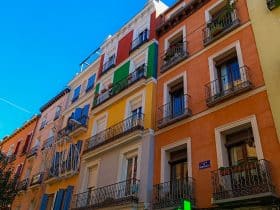
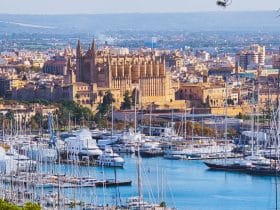

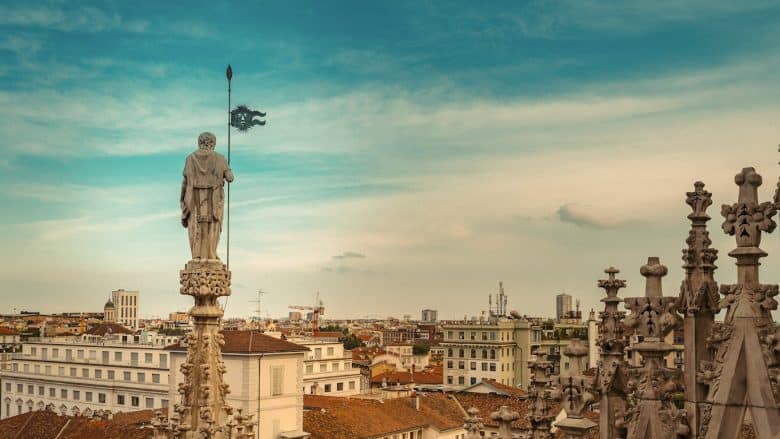
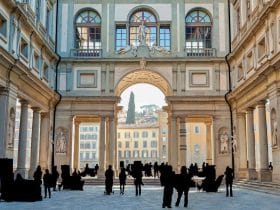
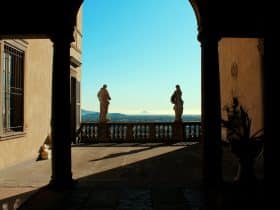
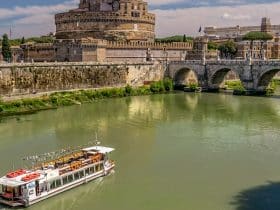
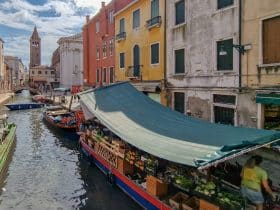
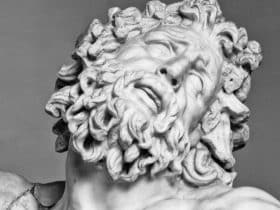
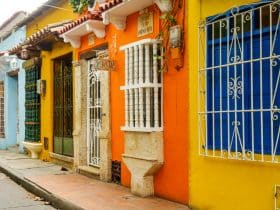









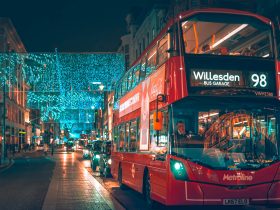


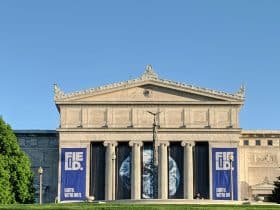
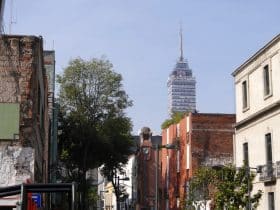
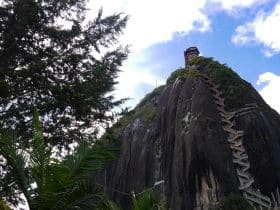
Leave a Reply
View Comments